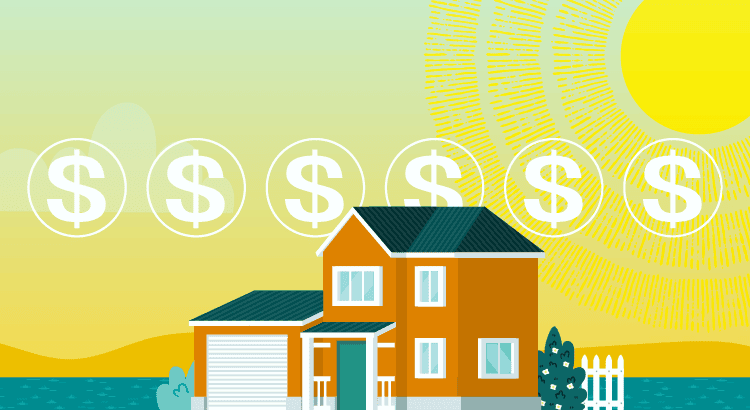Blog
Category: Interest Rates

If you’re thinking of making a move this year, there are two housing market factors that are probably on your mind: home prices and mortgage rates.

While renting may be less expensive in some areas right now, there are two big benefits homeownership provides that renting can’t.

There’s no denying the last couple of years have been tough for anyone trying to buy a home because there haven’t been enough houses to go around.

Selling your house is a big decision.

Thinking about buying a home or selling your current one to find a better fit?

If your needs have changed, now’s a great time to sell and get the features you want most.

If you’re thinking of buying or selling a house, it’s important to know it doesn’t just impact you—it helps out the local economy and your community, too.

If you’re a member of a younger generation, like Gen Z, you may be asking the question: will I ever be able to buy a home?



